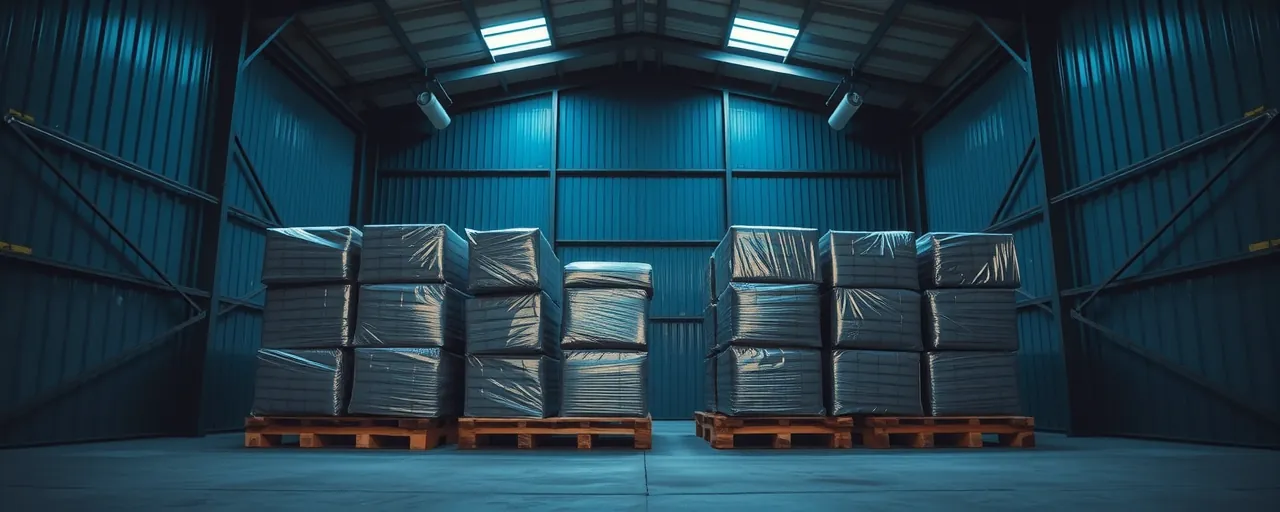Striking at the Heart of Cartel Operations
On May 21, 2025, the U.S. Treasury Department zeroed in on two key figures in Mexico’s Cartel del Noreste, a group that casts a long shadow over the U.S.-Mexico border. Miguel Angel de Anda Ledezma and Ricardo Gonzalez Sauceda now face frozen assets and a ban on dealings with U.S. entities, a move designed to cripple their ability to fuel violence and smuggling. This isn’t a symbolic gesture; it’s a calculated strike to disrupt a cartel that thrives on chaos.
Cartel del Noreste, or CDN, operates with ruthless efficiency near the Laredo-Nuevo Laredo border crossing, a vital trade artery. Its crimes range from drug and human trafficking to a shocking 2022 attack on the U.S. Consulate in Nuevo Laredo, where gunfire and grenades forced a month-long closure. For border communities, CDN’s actions hit close to home, sowing fear and destabilizing daily life.
The U.S. has labeled CDN a Foreign Terrorist Organization, unlocking tools to track and dismantle its networks. This latest action, coordinated with agencies like the DEA and Mexico’s Financial Intelligence Unit, signals a commitment to confront the cartel’s reach. Yet it also raises a pressing question: can these measures loosen CDN’s grip, or do they merely scratch the surface of a deeper problem?
Unraveling CDN’s Criminal Empire
CDN’s operations span a web of illicit activities, from narcotics to arms trafficking, centered in Mexican states like Tamaulipas and Coahuila. Miguel Angel de Anda Ledezma played a pivotal role, arranging for U.S.-sourced firearms to flow into Mexico through deceptive purchases. These weapons, some used in attacks on Mexican soldiers, amplify the cartel’s firepower and embolden its territorial fights.
Ricardo Gonzalez Sauceda, arrested in February 2025, led CDN’s armed enforcers until his capture. His involvement in a 2024 attack that killed two Mexican soldiers underscores the cartel’s brutality. At the time of his arrest, authorities seized fentanyl, methamphetamine, and guns, revealing the scope of CDN’s diversified crimes, which also include extortion and kidnapping.
Cross-border collaboration has intensified to counter these threats. U.S. agencies, including Homeland Security Investigations and the ATF, partnered with Mexican counterparts to trace CDN’s financial and logistical trails. While this teamwork marks progress, cartels like CDN stay agile, leveraging encrypted communications and global networks to evade capture.
The Border’s Interconnected Crises
CDN’s actions feed into broader challenges at the U.S.-Mexico border. Fentanyl smuggling, a key cartel enterprise, fuels a U.S. public health crisis, with over 80,000 overdose deaths in 2024 despite declining rates. Simultaneously, an estimated 200,000 to 500,000 U.S.-made firearms cross into Mexico yearly, arming cartels and driving up violence in states like Nuevo León. These flows—drugs north, guns south—create a vicious cycle.
Debates rage over solutions. Some advocate aggressive tactics, like sanctions, troop deployments, or trade leverage to pressure Mexico. The 2025 designation of multiple cartels as terrorist organizations aligns with this approach, backed by increased border patrols. Others emphasize addressing U.S. drug demand, tightening gun regulations, or tackling Mexico’s economic conditions that feed cartel ranks. Both perspectives highlight the need for change, but priorities differ sharply.
U.S.-Mexico cooperation offers hope. Joint patrols, intelligence sharing, and a 54 percent drop in fentanyl seizures in 2025 show tangible results. Yet cartels operate globally, generating trillions and using advanced technologies like AI and cryptocurrencies. This adaptability raises doubts about whether sanctions alone can shift the balance.
Do Sanctions Hit the Mark?
Sanctions aim to starve cartels of resources, but their impact is debated. Freezing assets and blocking transactions can disrupt operations, yet CDN’s cash-based, global network often sidesteps these barriers. The Treasury’s actions serve as a warning to cartel leaders, but past sanctions have shown limits—cartels adapt, and violence sometimes escalates in response.
Different voices weigh in. Law enforcement sees sanctions as critical for targeting cartel finances, while public health experts argue for addressing U.S. drug consumption. Mexican authorities value joint efforts but remain cautious of U.S. overreach. For border residents, the concern is immediate: will these steps reduce violence, or invite more instability?
A balanced approach seems essential. Sanctions, combined with enforcement and prevention, can weaken cartels, but they must pair with efforts to address poverty, corruption, and cross-border flows of guns and drugs. The U.S. and Mexico are leaning into collaboration, betting on persistence to outmaneuver a relentless foe.
A Path Forward
The sanctions on CDN’s leaders are a bold move, but they’re just one piece of a larger puzzle. They underscore a growing U.S.-Mexico partnership to confront shared threats, yet the cartel’s resilience demands sustained effort. Each arrest or seizure counts, but the fight against transnational crime requires more than tactical wins.
The human cost—overdose deaths, communities under threat—keeps the pressure on. Lasting progress depends on dismantling the systems that empower cartels, from lax regulations to economic despair. Both nations are stepping up, but the challenge tests their resolve and creativity.
As tensions persist at the border, the focus turns to what lies ahead. Can coordinated action outpace a global criminal network? Success hinges on innovation, commitment, and a shared willingness to tackle the root causes driving this crisis.
